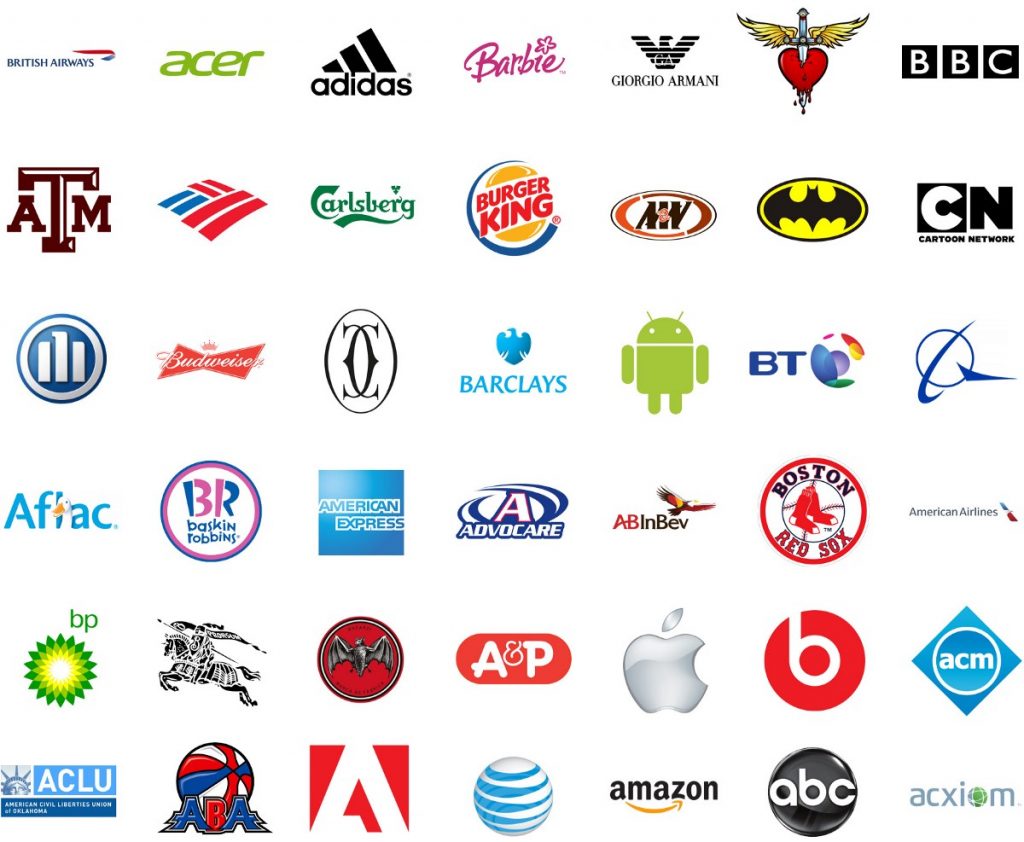Forget about your f**king logo. Nobody cares.
by Jon Hollamby
Somehow we’ve gotten into the mindset that a logo — this thing that does nothing more than identify us — is so incredibly important.
We build our brands around them and when we get bored or when the sh*t hits the fan, we re-design them. We manipulate them until they look better, sharper, cooler — anything to try to tell people, “Hey, this is who we are,” or, “Look! We’ve changed. Please forget about that sex scandal thing.”
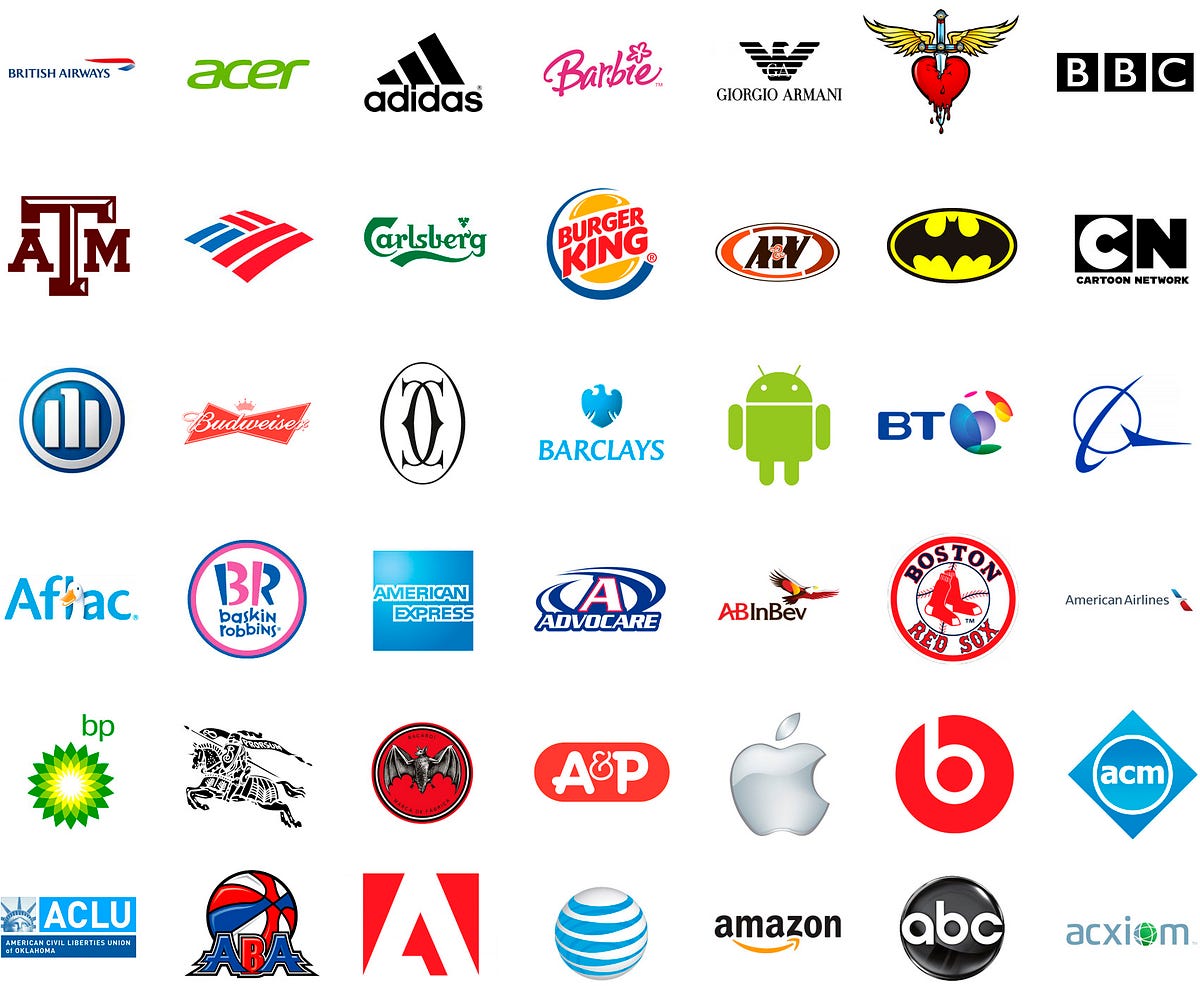
But logos on their own actually say nothing. While they can make people aware of your brand and help with discovery and recognition, they can’t tell your customers who you really are, or what the f**k you actually care about unless you build meaning into them.
Despite their demanding presence, your logo is not your brand. Your brand is the experience your customers have and then tell their friends about. All the design craft in the world can’t make a logo that can convince someone your product or service is great if it isn’t. — That’s a job for advertising ?
Don’t get me wrong; we still need logos, but it’s nonsense to make yours the foundation of your brand.
So let’s take some pressure off them, they really don’t need to work so hard. They can put their feet up for a while while we dig into what makes for a great brand.
So, if my logo isn’t my brand, what is?
A closer look at experiential identity
Take a look at most of the brand guidelines floating around (especially any old ones I designed) and they probably look something like this:
- Our Amazing Logo™
- Logo Do’s and Don’ts
- Our Font
- Our Pretty Colours
- Our Visual Language
- Flashy examples of our Brand on a poster, a tote bag, business cards and other things that will never get produced.
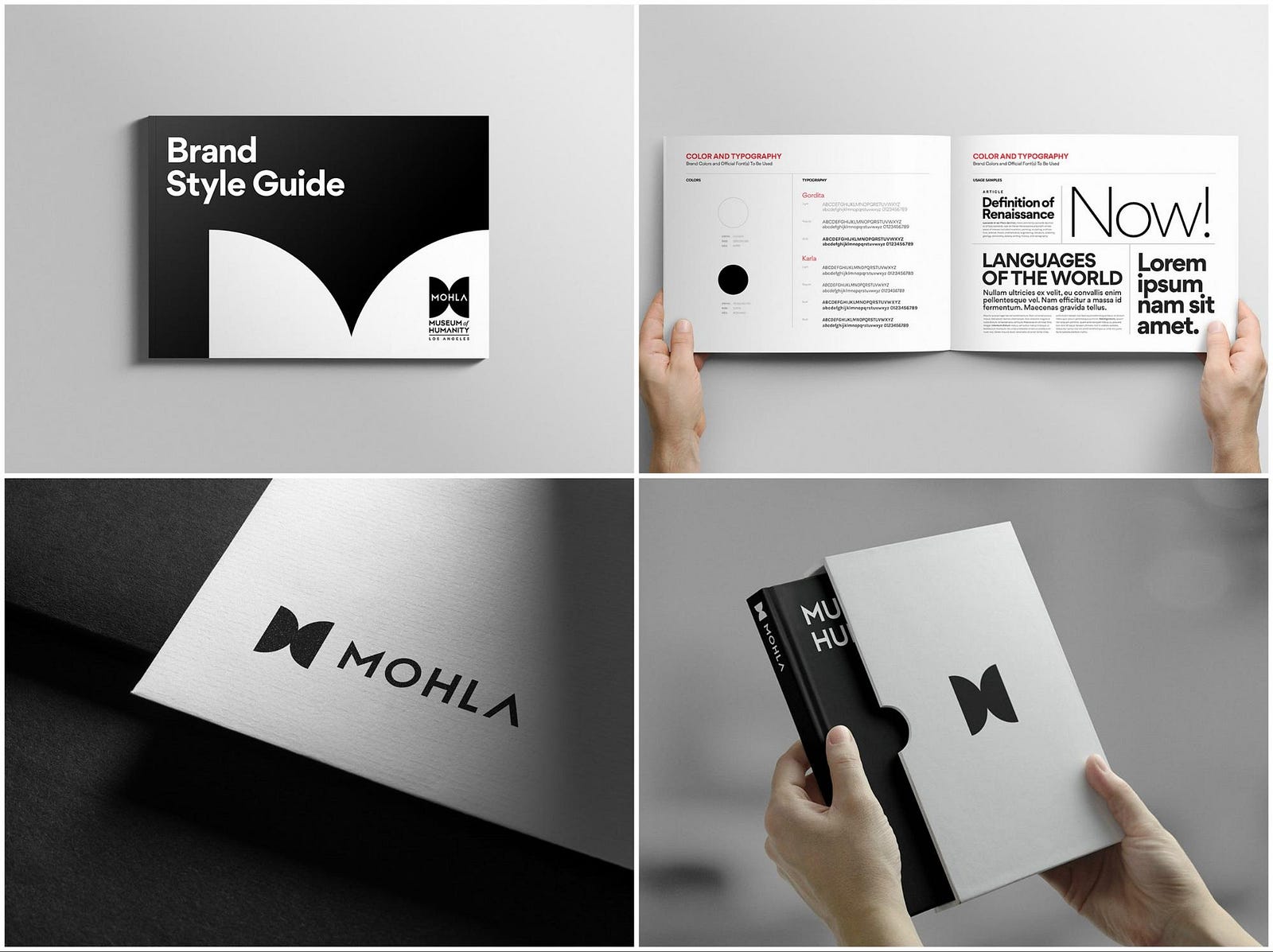
This is all important of course, but it’s surface level. It’s your visual identity system, what your customer will see.
But what about the non-visual identity, your experiential identity? You know, what your customers will feel and experience. Why you’re in business, what you believe in, the values which drive you, the experience you want your customers to have. Those are much rarer inclusions in brand guidelines and yet so much more important. — Don’t get me started on the topic of brand guidelines, those lovely PDFs that sit on a server somewhere; unread, unloved and ultimately useless. Your brand can’t be contained in a PDF. We just keep making these things because it’s the done thing, not because it’s the right way of doing it.
Great brands are built from the inside out, they are built around a strong belief system and are driven by values. What your customers experience every time they interact with your company is the brand, not the visual identity. No-one gives a sh*t that your airlines logo has been crafted out of unicorn tears and your visual language is AI generated if their flight keeps getting cancelled or they get involuntarily de-boarded (aka dragged off the plane bleeding) because you overbooked the flight.
So instead of fretting over typefaces and clever negative space logo executions, ask yourself this one question:
“Why do I get out of bed every morning and go to work?”
That’s what your brand should be built around. That is what you want your customers to remember and tell their friends about; not your f**king logo.

Take a quick look at Nike. Phil Knight had a vision that if everyone went for a run just once a day, the world would be a better place. He believed in that vision so much that he only hired people who shared it. Why? Because if you have a purpose that people can believe in, then you have a product that the people building the brand will advocate for, and you can bet they’ll do a good f**king job of it. The swoosh is just a swoosh; any emotional connection you have to it has nothing to do with the logo itself, everything to do with Phil’s original vision.
If your brand doesn’t have a purpose, then stop everything and find it. Once you do, you’ll see that everything’s a hell of a lot easier.
Inside Out
Avoiding partial buy-in
As I mentioned above, great brands are built from the inside out. Your staff are the most important brand asset you have. Your brand will amount to nothing if your staff don’t live and breathe it every day.
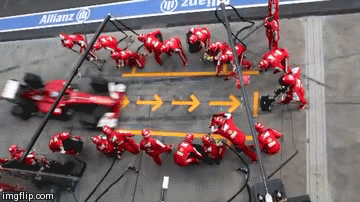
So even if you have a purpose, it doesn’t matter how great it is — if your staff either don’t care about it or god forbid, don’t even know what it is, the work they do isn’t going to support it. Subsequently, your customers won’t have the desired experience.
Because the bottom line of all of this is, customer experience is more than the product or service and more than the brand. It is every single interaction and touchpoint people have with you, from the person in the call centre to the app error message they receive.
I had a conversation with a Marketer recently and was told this:
I don’t believe in Brand by committee. Brand is a function of Marketing. Marketing should come up with the Brand Platform and Values, we’ll give them to the team and they’ll work with that.

Developing your brand in isolation and then launching it to your unsuspecting staff is a recipe for disaster. The expectation that they’ll just accept this new world order and immediately fall into line is crazy. The more likely result is partial buy-in, which ultimately results in a sporadic customer experience that does not reflect the behaviours or the vision that your brand is advocating for.
So bring them along for the ride, listen to and then work with them to develop a brand that is reflective of who you are and who you want to be. Staff engagement is built into the process, not an afterthought.
When your staff are on board, the task of delivering a customer experience which reflects your brand purpose is a much easier one.
Decentralising your brand
It’s time to share the load
You’re almost there now. The logo’s off its pedestal, you’ve got purpose, your staff is on board and pulling in the same direction. The last, most critical and probably contentious step to making a great brand, is decentralising it.
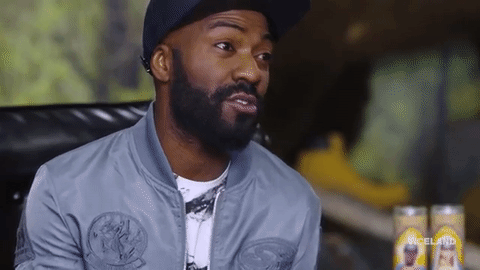
Here’s the current state of play: Marketing has traditionally been the custodian of Brand. Generically speaking, they tend to shoulder all the responsibility, while other teams passively contribute.
HR, Customer Service, Product, Technology, Finance—all of these departments have a huge impact on the brand, but it so often appears that Marketing are the only ones who really give a sh*t. Why is that?
Put it this way: If only one department owns and controls brand, then other departments simply don’t think about brand because they have no attachment to it.
Now think about the impact they could have if they were aligned with the same purpose and journey as everyone else. Think about how they could actually behave in a way that backs up the brand purpose. The marketing messaging. The pretty pictures and colours. The f**king logo, if I haven’t managed to convince you by now is a giant waste of time.
Now how should we go about the challenge of decentralising your brand so that it is shared and nurtured across your entire business? A good place to start is with a shared perspective. As a whole, you need to agree that brand belongs to all of you; this is not about taking the brand away from any one department. It’s about each and every one of you sharing the load. This shared perspective will enable each department to take ownership of the brand in their own way.
I can’t stress enough that decentralisation is so f**king important. Because when brand becomes everyones responsibility, then everyone becomes customer-centric and your experiential identity will take care of itself.
To summarise…
Incase you scrolled down & are just joining us now, or you like little takeaways:
1. Stop caring so much about your f**king logo
Just get over it already. If you solve your customers problems, make their lives easier, make them happy or whatever it is you are trying to achieve, your logo could be typeset in horse sh*t and you’ll do just fine.
2. Find your purpose
This one actually is easy: Don’t just agree on what you’re all there to do — seriously believe in it. Unite around it. Work towards it. All else will follow.
3. Decentralise your brand
Everyone who works at your company affects how your brand is perceived out in the world, so make them all responsible for it. Why should your Marketing or Brand team shoulder all that responsibility?
This is a strange article for me to write, I’ve been a Graphic Designer for almost half my life now and have lovingly crafted all sorts of logos over the years (plenty of sh*t ones too haha). The hidden arrow in the FedEx logo still makes me smile. Was it all a complete waste of time? No, I appreciate a well crafted logo as much as the next person, I just don’t believe it’s that important any more. I have come to believe in the power of a Brand that is built on really solid experiential foundations, not just Graphic Design.
The logo is the last thing I do when designing a brand. I’ve repositioned it from the cornerstone of a company’s brand to just one image within a flexible visual system, that works in conjunction with a non-visual system of beliefs, values and purpose. Brands are multi-faceted and shouldn’t be reliant on one element to be effective. Your visual identity is what you use to communicate the purpose, values and ideas you have in your experiential identity.
Remove your logo from your product, your website, your app, your ads and your customers should still know it’s you. Give your logo a break and focus on delivering a great customer experience, that’s what will turn your customers into advocates.
Obviously this is all just my opinion, it might be weapons grade-bullsh*t for all I know, but if it makes some sort of sense try it on for size. I think you’ll be pleased with the results.

Thanks for making it all the way to the end, I hope you found it interesting ??
Hit me up on LinkedIn, say hi on Twitter or comment below, would love to hear your thoughts.

